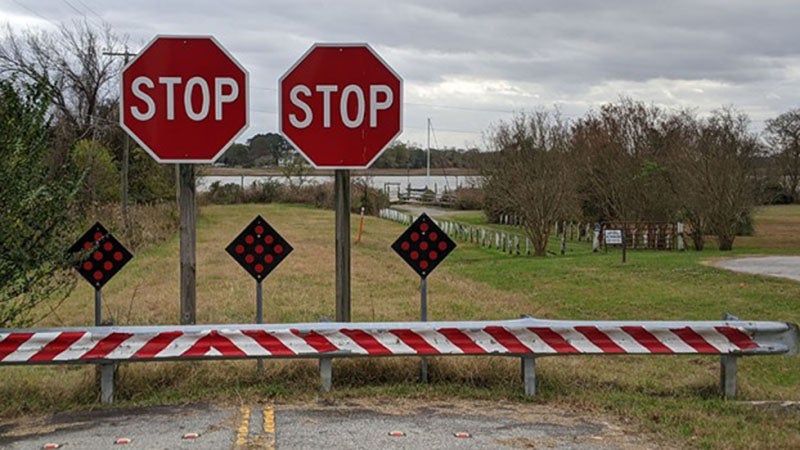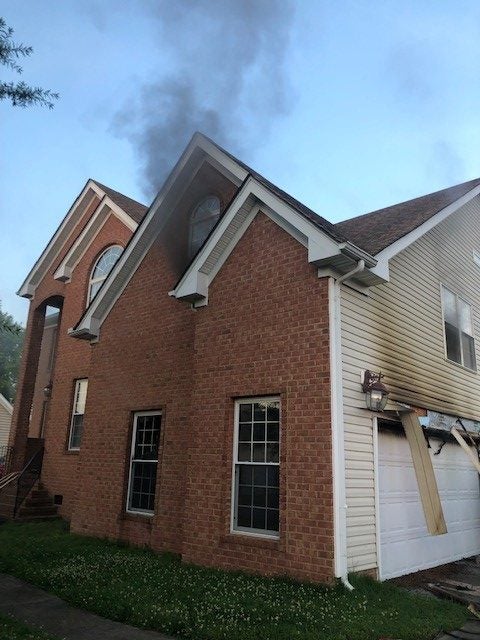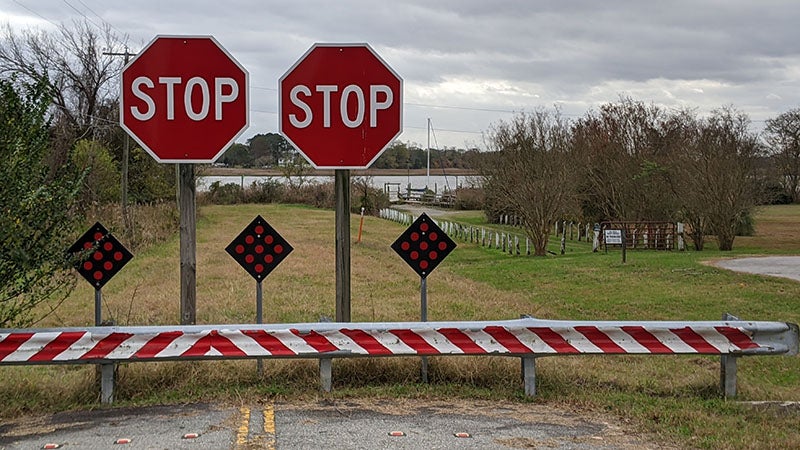Review clears former Navy site
Published 10:10 pm Wednesday, July 30, 2014
Remedial actions at a contaminated former Navy site in North Suffolk have been deemed appropriate following a scheduled review.
Navy Radio Transmitter Facility-Driver, covering 597 acres, was established on land acquired in 1941 and first used as a Naval airfield, according to the EPA.
Later, it operated as a radio-transmitting facility for the Atlantic Fleet, with “various towers and support facilities.”
Following a recommendation of the 1993 Defense Base Closure and Realignment Commission, the facility closed in 1994. Environmentally worrisome activities there cited by the EPA had included the maintenance of buildings, grounds, transformers, vehicles and residential units, as well as pest control and the generation of trash, solvents, paints and oils.
After several studies and actions involving the site from 1984, the Navy recently released the results of its third five-year review of remedial actions at three areas.
The first area, “Oyster Creek Landfill,” is at the confluence of Oyster House and Star creeks. It was used as landfill for housing and military waste from the 1950s to 1972, the review states.
An initial study in 1984 found the site was used a “trench-and-fill” operation, reportedly with five trenches 5 feet wide, 6 feet deep and 150 feet long. Solvents, pesticides, acids, bases and “mixed municipal waste” were all possibly disposed of in them, according to the Navy.
The remedy has been to control health risks through soil cover and to control how the land is used to prevent human exposure to waste, soil and shallow groundwater.
Long-term monitoring to further evaluate groundwater contamination and migration is ongoing, though migration of contaminants currently is not occurring, according to the findings.
“Fish tissue samples found no site-related PCBs (polychlorinated biphenyls),” the report states.
Known as West Disposal Area, the second area is a half-acre in the west and central portion of the former military facility. Waste from land clearing between 1964 and 1973 included telegraph poles, concrete and brick foundations, and “other large items used in antenna construction,” according to the Navy.
Surface debris was removed and fresh soil put down, while land-use controls and long-term monitoring are in place. It’s part of the Nansemond National Wildlife Refuge — created when the Navy transferred 207 acres of salt marsh to the Fish and Wildlife Service in 1973, while another 204 acres was transferred by the Navy in 1999, and not open to visitation — so exposure risk doesn’t exist, the Navy determined.
The last are studied was West Disposal Hillside, a little over two-thirds of an acre in the western portion of the site, where a deteriorated 55-gallon drum, intact 55-gallon drum, paint containers and construction debris were found.
Surface debris was removed, and with PAHs (polycyclic aromatic hydrocarbons) found that were determined to be potential concerns, land-use controls are preventing residential development or “intrusive activities.”
The latest review, conducted between November 2009 and the end of last month, involved a review of reports and documents, analytical data and findings, plus interviews, site visits and inspections.
For each of the three areas studied, remedies were found to still be appropriate.
The next five-year review — required by a record of decision involving the site — is due in 2019.






